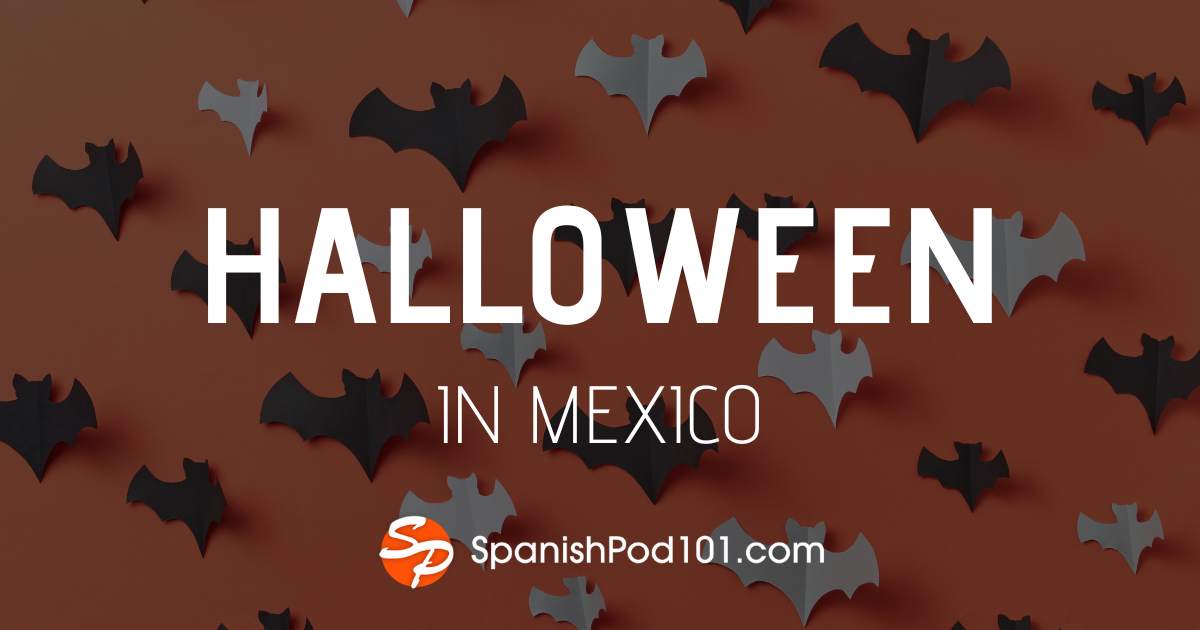
The Spanish language has its roots from a spoken Latin dialect that originated from a north-central location in the Iberian Peninsula around the fifth century. A written form of Spanish developed from the 13th to the 16th centuries in Toledo and around the 1560s in Madrid.
Today, Spanish is the second most spoken language in the world after Chinese. It is spoken in 31 countries where 442 million speak Spanish as their first language. Overall, about 512 million people around the world are Spanish speakers. In the United States, about 58.2 million speak Spanish.
The status of the language
Spanish is a Romance language that belongs to the Indo European language family. What is interesting is that there are more Spanish speakers outside of Spain. Mexico has the largest group of Spanish speakers. Following it is Colombia, Argentina and the United States. It is already predicted that there will be more Spanish speakers in the U.S. than Mexico by 2050.
Spanish is either the official or one of the official languages in 22 countries located in four continents – Europe, the Americas, Africa and Oceania. In Israel, about 100,000 to 200,000 speak a version of Spanish called Judeo-Spanish, which is also called Ladino.
If you are interested in the Spanish language or currently taking formal Spanish language lessons to be doing certified translation in the future, you’ll be interested to know that Spanish has so many interesting facts and trivia that can further your understanding of the language itself and the cultures of the different countries where Spanish is spoken.
Spanish language: Facts and trivia
In Central and South America, many people still use their native Indian languages but Spanish is gaining more ground. In Spain and in Latin America, Spanish is called Castilian. If you live in the United States, chances are you’ve met people who speak Spanish. You may know some things about the Spanish language because it is widespread. But do you think you know everything?
Here are some interesting facts about the Spanish language.
- Spanish has Latin roots. It is a special form of spoken Latin that grew in the Iberian Peninsula’s central-northern region when the Western Roman Empire collapsed in the 5th century.
It took several more centuries, in fact, about eight to eleven centuries later before a written language standard was developed in Toledo. Around the 1500s, Madrid also developed their own written language. The language subsequently spread into several areas. Eventually, the Spanish Empire adopted the language and imposed its used in their various colonies. - Español and Castellano are the two names of Spanish. Castellano is derived from Castilian. While the two words refer to the Spanish language, their application varies depending on the region. They are also the reflection of the people’s social and political views. Incidentally, Castilian Spanish is only used to refer to the different Spanish dialects that are spoken in Spain’s central and northern sections. In some cases, Castilian Spanish loosely refer to the type of Spanish used in Spain, as Latin American Spanish differs from the standard Spanish.
- Not many languages have official governing bodies that regulate their use. Spanish is regulated by the Royal Spanish Academy. The organization is based in Madrid and responsible for operation of different language academies in the countries where Spanish is spoken. The academies are under the supervision of the Association of Spanish Language Academies.
The Royal Spanish Academy started operation in the 18th century and one of its responsibilities is the publication of official grammar rulebooks and dictionaries. The organization also invented the use of the inverter exclamation and question marks, symbols that are unique to the language. It also introduced the ñ (letter n with tilde) in the 18th century, which is widely recognized as the Spanish language’s symbol. - Spanish has different nuances. They make the distinct differences among the types of Spanish spoken in different locations, despite originating from one parent language, Latin. Several discrepancies exist between the Spanish spoken in Latin America and the one spoken in Spain. Within Latin America alone, many differences in the language occur. These different nuances came about because the Spanish-speaking countries developed independently from Spain and from one another.
- Although Spain was known as a conquering nation, it was also conquered in 711 by the Arabs. The Arab armies that conquered the Iberian Peninsula brought with them their language, architecture and art, and widely influenced Spain. Old Spanish was greatly influenced by Arabic, leading to the development of the Spanish language we know today.
Even with the expulsion of Arabic conquerors in 1492, Spain kept about 8,000 words in Arabic, such as almohada, almendra, alfombra, azúcar, ajedrez, aduanaand fideo. Their English equivalents are pillow, almond, carpet, sugar, chess, customs and noodle, respectively. Some of the places in Spanish bear Arabic names as well. - Spanish has some unique words that are difficult to translate into English without a lengthy explanation. Some of these are:
- Sobremesa – staying at that table after a meal to have a conversation with friends and family while drinking wine or coffee.
- Empalagar – disliking something that is too sweet
- VergüenzaAjena – feeling embarrassed for an individual even if the person doesn’t feel the same way.
- In the 18th century, Spanish was the diplomatic language.
- In 1492, Elio Antonio de Nebrija created and published the foremost Spanish grammar.
- Pentavocales is the term Spanish speakers use to refer to words that uniquely contain all of the language’s vowels. About 300 to 400 words in Spanish are pentavocales or five vowels. Examples are abuelito (grandfather) and murciélago (bat).
- Each of the three moods in Spanish grammar (indicative, imperative and subjunctive) has 17 tenses!
- You can say “I Love You” in Spanish in two ways. Teamo is used among family members and lovers while Tequiero is the phrase you should use among friends.
This is just a short list of interesting facts about the Spanish language. Several more facts and trivia about the language are available, but we believe that these are representative of the characteristics of this particular Romance language.
Author’s bio:
Sean Patrick Hopwood is a polyglot whose interests include technology, the Internet, education, and positive thinking. He is the President and CEO of Day Translations, Inc., a company serving international clients with a wide range of language services including translation, interpreting and website localization.











